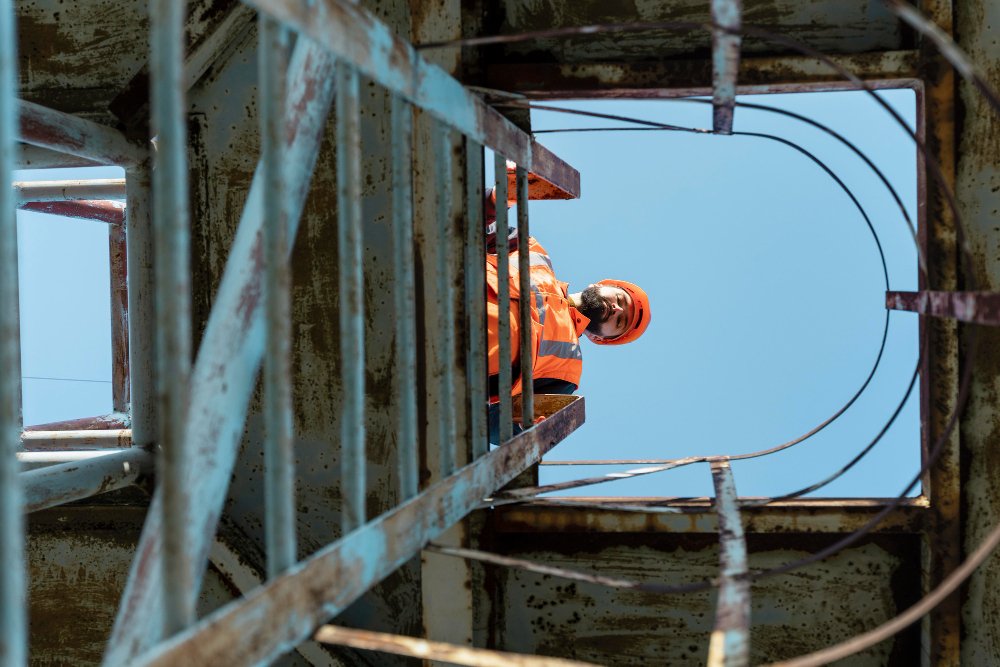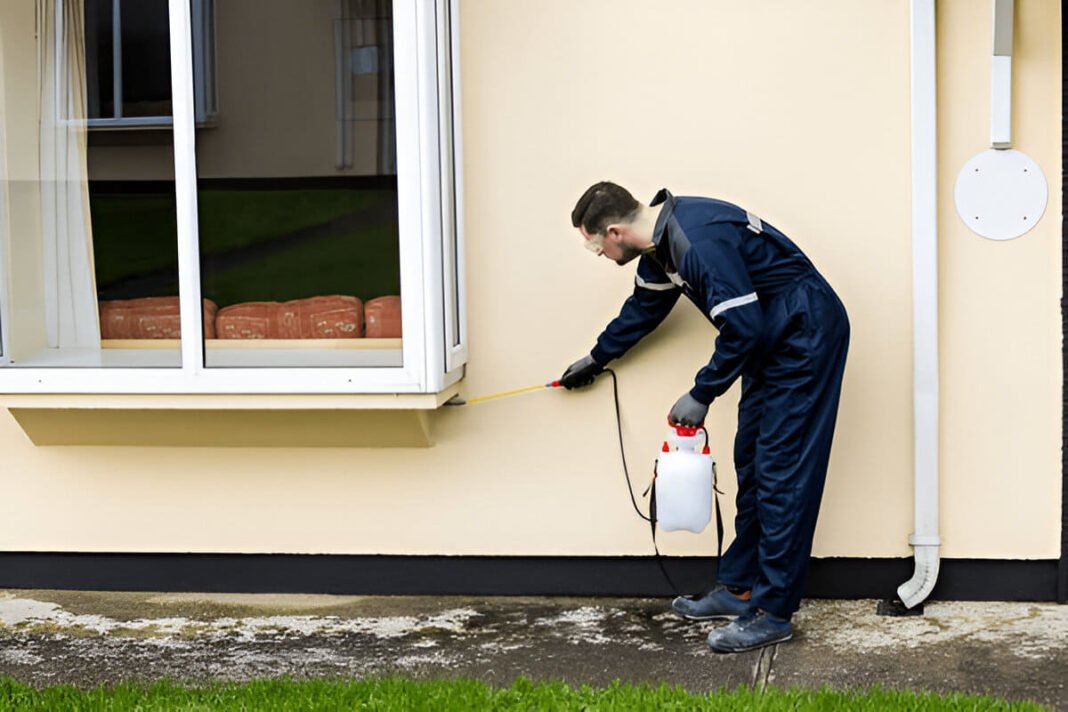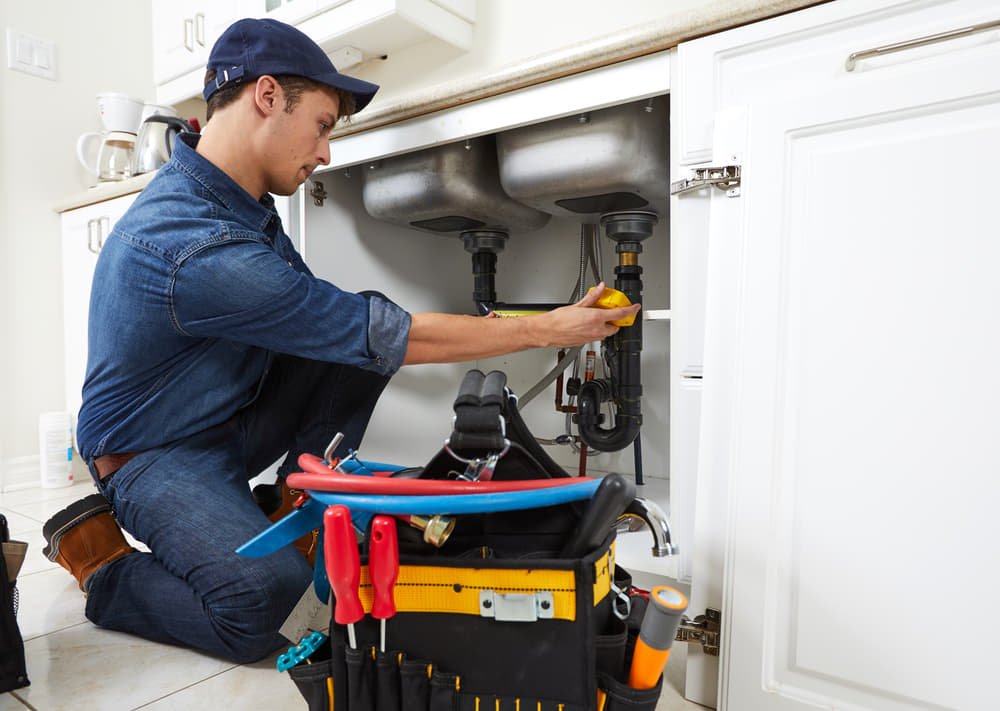Have you ever been working along the edge of a roof and felt that flutter in the stomach? If you could translate that natural fear into safe, competent work behaviours, how many accidents could we prevent? If all building contractors learned advanced roof height safety techniques, how many would we prevent?
Throughout this article, we’re going to cover everything from intricate fall protection systems right through to the latest technology that’s revolutionizing height safety. You’ll discover how to conduct effective risk assessments, select the most appropriate gear for different roof types, and foster a culture where safety comes instinctively, not incidentally. Whatever your role as site manager, safety officer, or tradesperson, these innovative techniques will equip you with the expertise to make every roof job safer and more efficient.
Learning about the Basics of Working at Roof Height
What Constitutes Working at Roof Height in Construction?
Working at height is more than just being on a roof. It encompasses, under Australian workplace law, all work where a person has the potential to fall from one level to another and get hurt. This extends from working in ladders and scaffolding to working adjacent to exposed edges or friable surfaces. Even work performed at ground level around excavations or openings falls under height work if there is some risk of falling.
The definition seems broad, but there is good reason for this general approach. Falls are non-selective – injuries can be caused by relatively modest heights as readily as by multi-storey heights. Appreciation of this obvious principle helps workers recognize potential hazards they might otherwise overlook.
Current Australian Standards and Regulations for Roof Work
Australia’s Work Health and Safety Act has stringent roof work standards, with AS/NZS 1891 series having comprehensive standards for fall protection equipment. The regulations guarantee that for any work with the potential of a person falling more than two metres, there must be control measures on the job. The hierarchy of controls aims to remove the hazards first, followed by engineering controls like guardrails, and lastly the use of personal protective equipment.
Safe Work Australia updates these standards regularly to include industry best practice and technological advances. The latest changes have upgraded anchor point testing requirements, introduced more accurate guidelines for work on brittle roofs, and raised training levels for height safety gear inspectors. Staying current with such changes is not a decision – it’s a requirement for legality and worker safety.
Risk Assessment Before Roof Work
How to Complete a Detailed Roof Safety Inspection
A good roof safety inspection starts well before someone even gets on a ladder. Begin by looking over architectural drawings and past inspection reports to know the structure of the roof, its age, and any problems that have been identified. Record the roofing material type, pitch angles, and whether or not there are features such as skylights or solar panels that may create other hazards.
Physical inspection must thoroughly examine access points, protection from the edge required, and the positions of anchor points. It must also seek out any indication of wear such as rust, rot, or snapped fixings that could compromise safety equipment. Weather during the audit also matters what might be secure in dry weather might become dangerous in wet.
Discovering Common Hazards on Different Roof Structures
Metal roofs have specific issues with their smooth surface becoming extremely slippery when wet or dusty. Metal sheeting will also stretch and shrink, loosen fixings over time and cause uneven walking surfaces. Tile roofs, while offering more traction, are prone to concealing rotten battens underneath which can suddenly collapse.
Flat roofs can seem safer, but they tend to hide hazards like ponding water, worn-out membranes, or concealed skylights. Commercial roofs tend to have more than one level, machinery with plants, and service penetrations that generate obstacles and restrict travel. Both roof types demand specific safety measures and equipment choices.
Weather Conditions and Their Impact on Roof Safety
Weather also plays a major role in roof safety, with conditions quickly worsening within a working day. Wind speeds that would otherwise seem acceptable at ground level are significantly greater at height, affecting balance and making material handling dangerous. The Bureau of Meteorology recommends abandoning roof work if wind speeds hit 38 km/h, but even lower wind speeds pose threats depending on the job and roof design.
Rain makes every roof surface potentially a skating rink, and morning dew is equally dangerous. Temperature extremes affect worker performance and equipment stability – metal surfaces become blisteringly hot in summer and dangerously brittle in winter cold. Lightning danger requires special attention, with operations ceasing when storms are within 10 kilometres range.
Advanced Fall Protection Systems and Equipment
More Than Basic Harnesses: Modern Fall Arrest Technology
Modern fall protection equipment has evolved far beyond simple ropes and harnesses. Intelligent harnesses include sensors to alert proper fitting, falls in real time, and even the whereabouts of workers and vital signs. They alert supervisors in real time when incidents occur, enabling faster response times in cases of emergency. Certain systems incorporate auto-dialing emergency calls with GPS position, which can save vital minutes in rescue attempts.
Selecting the Right Safety Equipment for Your Roof Type
Equipment selection must match specific roof characteristics and work demands. High-pitched roofs typically require roof anchors complying with fall arrest and rope access work ratings such that individuals can position themselves safely while maintaining production. For metal roofs, magnetic anchor systems provide temporary attachment points without intruding on the roof surface.
Sensitive roof areas call for advanced gear in the form of crawling boards or roof ladders which impose load through multiple support points. State-of-the-art lightweight platforms utilize advanced materials to form stable working surfaces without overloading older constructions. Track or rail mobile anchor systems afford constant safeguarding for workers traversing roof ridges or gutters.
Installation and Maintenance of Anchor Points
Anchor points constitute the essential base of any fall protection system but tend to be the most overlooked element. They must be installed strictly according to manufacturer instructions, with specific care regarding substrate strength and modes of fixing. A seemingly minor procedural deviation such as the employment of improper bolt grades can lower the strength of an anchor below safe levels.
Regular inspection and checking of permanent anchors is not discretionary. Annual load testing and certification by qualified people help identify degradation prior to a point of risk. Environmental conditions like coastal salt spray or industrial contamination can accelerate corrosion, requiring more efficient inspection cycles.
What Safety Gear is Required for Roof Work?
Personal Protective Equipment (PPE) Basics
Essential PPE for working on roofs extends way beyond just protection from falls. Chin-strapped safety heads protect the head from injury from falling objects and provide protection in the event workers strike heads on impact when falling. Modern helmets feature ventilation systems and sun brims to increase comfort over prolonged periods of use in Australian climatic conditions.
Non-slip roof work footwear provides critical traction on varied surfaces. Flexible rubber grades in high-quality roof boots provide cold weather flexibility while resistance to heat and UV degradation provides longer life. Proper footwear investment pays dividends in fewer slip accidents and increased worker confidence.
Collective Protection Measures vs Individual Systems
Group protection systems protect multiple employees simultaneously without requiring each to comply. Edge protection guards, safety nets, and roofing are examples of passive protection that do not rely on employees’ memory in recalling clipping on. These systems offer enhanced protection for the majority of conditions, particularly where work entails repeated movement or handling of material.
Individual fall protection equipment is also adaptable and could be more effective for short-term projects or complex roof structures. Individual systems, though, require more training, supervision, and restraint of workers to be effective. The decision between collective and individual systems will usually be determined by the length of the project, number of workers, and site restrictions.
Every roof work location needs to have full rescue gear at hand. At a minimum, rescue kits need to include devices for evacuation, cutting tools, first aid supplies, and communication equipment. More complex locations can use specialized gear like tripods, winches, or rope access rescue systems.
Rescue planning must be task-specific and practiced regularly. Generic emergency procedures often fail when confronted with real-world complexity. Consider factors like anchor point accessibility for rescue operations, methods for reaching suspended workers, and safe evacuation routes for injured persons.
Implementing Safe Work Methods at Height
Creating Effective Exclusion Zones
Exclusion zones prevent ground level personnel and members of the public from getting into areas where objects might drop from height. They must be at least two metres beyond the edge of the roof, but greater distances might be necessary depending on roof height and wind levels. Screening systems like temporary fencing are better protection than tapes or notices alone.
Mobile exclusion zones that track work are easier than trying to blockade entire building perimeters. This is less disruptive but still maintains protection where it is really needed. Use spotters to man zone edges and redirect anyone attempting to enter danger zones.
Sequential Planning for Complex Roof Projects
Divide intricate roof jobs into well-planned sequential phases to enhance both safety and efficiency. Begin with setting up safe access and emergency paths ahead of all other activity. Put up permanent or temporary edge protection at an early stage in the job to offer continuous protection for future work.
Material staging areas must be organized to minimize handling and movement at height. Material pre-loading onto cranes or hoists in favorable weather conditions reduces the amount of manual handling in potentially risky situations. Stagger work to complete one section entirely before moving on to the next, reducing active work zones.
Good communication guidelines prevent miscommunication that would cause accidents. Establish routine hand signals for situations when verbal communication is impossible. Give all employees emergency signals and response protocols before work begins.
Radio procedures should include regular check-ins for sole employees and proper channels for emergency communication. Avoid radio conversation that would disrupt vital safety messages. Utilize different channels for operational and emergency messages to prevent confusion.
Conclusion
Along this tour of advanced roof height safety techniques, we’ve seen how integrated approaches transcend simple compliance to create really safer work environments. From high-tech fall protection devices to next-generation monitoring systems, the technology and expertise are in place to nearly entirely eliminate unnecessary falls. The interplay between engineering controls, administrative protocols, and cultural change results in several layers of protection that shield workers even when single elements fail.
The economic case for higher-order safety interventions becomes compelling when accident costs are compared legal sanctions, insurance impacts, reputation loss, and people injury. Progressive companies know that higher order of safety performance attracts higher quality personnel, wins more contracts, and ultimately offers better bottom-line profitability. Clients more and more demand evidence of robust safety systems, so full height safety is now a prerequisite to obtain premium work.




